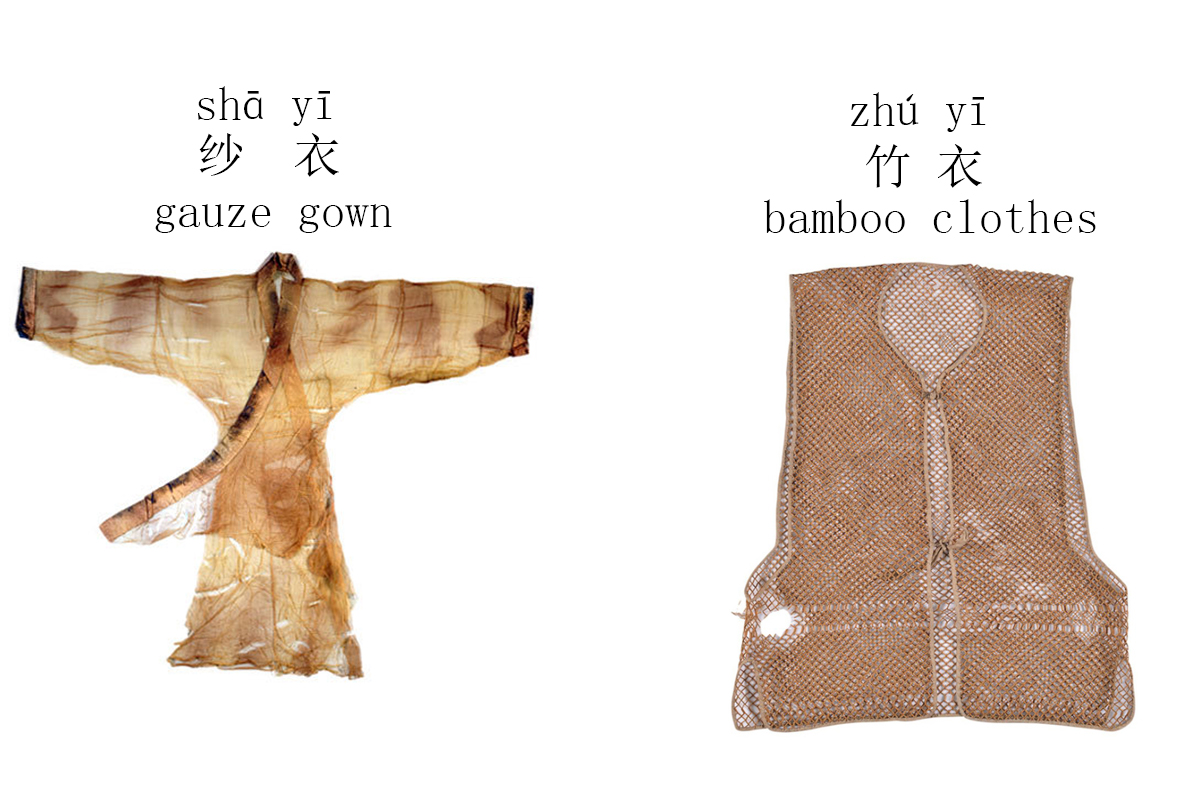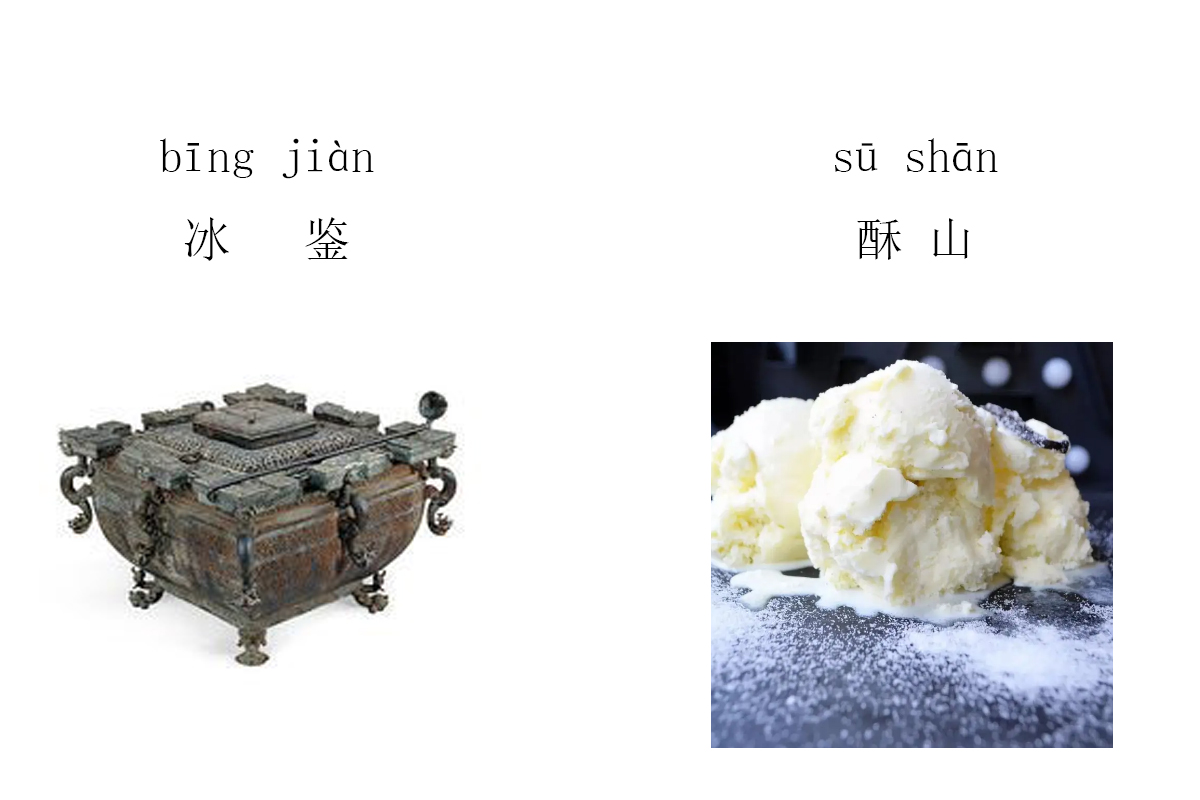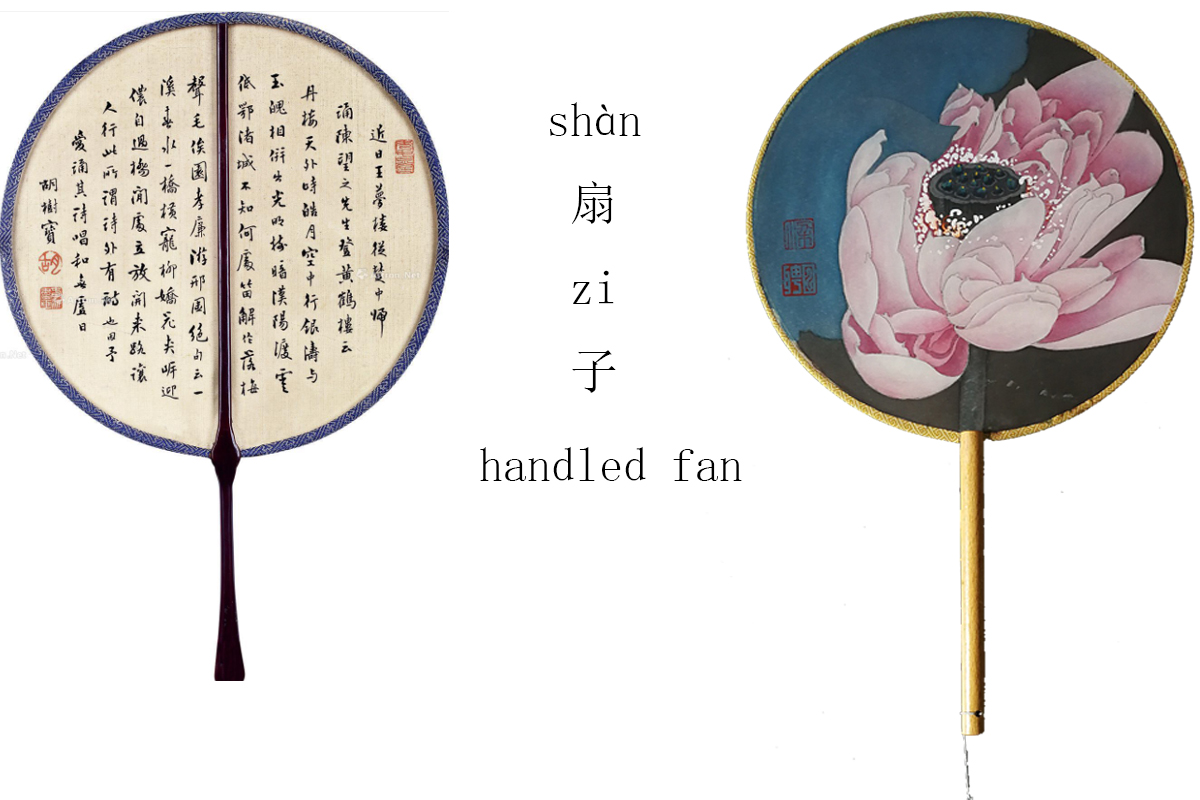A Chill in History: Exploring Ancient Methods of Beating the Summer Heat
What is the temperature today in your city? This summer, many people say that it is hotter than before, and they have to rely on air conditioning and fans to sustain themselves. Many places, such as Beijing and Chongqing, have issued the highest level of high temperature warnings, known as red alerts, indicating that the maximum temperature has surpassed 40℃(104℉) within 24 hours. As we entered Sanfu days, the heat waves come rolling in. There is nothing more uncomfortable than sweating heavily in the sweltering summer. Nowadays, we can seek refuge in cool air-conditioned rooms, but what about people in ancient times? In fact, ancient people have numerous methods to beat the summer heat.
1.Attire: Gauze Gown and Bamboo Clothes
Gauze gown, made from silk, are incredibly light and thin. For example, 素纱襌衣(sù shā dān yī ), plain unlined gauze gown, unearthed from Han Tomb at Mawangdui, Changsha, Hunan Province. The gauze used is uncolored, similar to the transparent wings of a cicada. When layered tenfold and placed on top of a newspaper, one can still clearly read the content of the newspaper underneath. It is unlined, worn as a single layer of clothing. Despite its generous size, it weighs only 49 grams, equivalent to the weight of a small egg. When folded, it can fit inside a matchbox or be held in the palm. Wearing such lightweight garments provides comfort and coolness. However, the silk robes are quite expensive, and most ordinary people can't afford them. As an alternative, they chose to wear bamboo clothes, which are typically used as inner linings, worn close to the body. They serve to separate sweat, thereby preventing the damp with perspiration. Besides, the hollow patterns in them allow for ventilation, earning them the reputation of air conditioning worn on bodies.

2. Diet: Chilled Delicacies
China is the first to consume chilled food and beverages. Since ancient times, Chinese have loved to enjoying refreshing icy treats to relieve the heat. But where did the ice come from? They were from ice cellars, which are typically found in a shaded area, where lays a deep hole and insulated materials. Ice blocks are then placed on top, and finally, the cellar entrance is sealed. The ice is stored in this manner until it is retrieved for use in the summer. Moreover, “Jian” was also used. It is a container with interlayers where ice blocks are placed, and food and beverages are placed inside the container for chilling, called the ancient refrigerator.
The realization of ice production in summer led to the popularization of chilled delicacies. As early as the Spring and Autumn period, people would use knives to shave ice, then mix it with spices and white sugar to create cooling desserts. In the Tang Dynasty, a frozen dairy product called “酥山(sū shān)” gained popularity after being introduced from nomadic tribes. The method involves mixing milk with sugar or honey and then freezing it in an ice cellar. It is sweet and creamy, similar to ice cream. During the Song Dynasty, chilled beverages made from fresh fruits sprang up like mushrooms. For example, "荔枝膏水(lì zhī gāo shuǐ)”, lychee cream water, made by blending lychee and plum with cinnamon and cloves, offered a refreshing taste.

3. Tool: Handled Fans
Handled fans were the most commonly used cooling devices in ancient times. Initially called “翣(shà)”, handled fans were seen as decorations and symbols of status and privilege. During the Han Dynasty, they gradually changed into objects used for cooling, hence earning the name “摇风(yáo fēng)”, meaning a tool that generates breeze. They were crafted from various materials such as feathers, bamboo, and fur, and their manufacturing processes could be intricate or simple, with costs varying from high to low. Therefore, they were affordable for both royal aristocracy and ordinary people. Later, the aesthetic value of them came to the forefront. Ancient people often adorned fans surfaces with calligraphy, paintings, and embroidery, making fans closely connected to cultural arts such as etiquette, customs, poetry, dance, and drama.

Key Notes: Some expressions about heat
1. 炎热(yán rè): the high temperature and hot weather.
2. 汗流浃背(hàn liú jiā bèi): be streaming with sweat
3. 靠空调和电扇续命(kào kōng tiáo hé diàn shàn xù mìng): a buzzword, literally meaning extending life by air conditioning and electric fans, thus used to describe hot weather
Xiao Ming: Xiao Hong, it is so hot recently, I have to stay places with air conditioning.
小明:小红,最近天气真热啊,我必须得靠空调续命。
Xiǎo Míng: Xiǎo Hóng, zuì jìn tiān qì zhēn rè a, wǒ bì xū děi kào kōng tiáo xù mìng.
Xiao Hong: Me too. I'm so curious. There was no air conditioning in ancient times, so how did the ancients relieve the summer heat?
小红:我也是。我很好奇,古代没有空调,那古人是怎样避暑的呢?
Xiǎo Hóng: wǒ yě shì. wǒ hěn hǎo qí, gǔ dài méi yǒu kōng diào, nà gǔ rén shì zěn yàng bì shǔ de ne?
Xiao Ming: I once read an article, which mentioned that they would wear light clothes, such as gauze gown and bamboo clothes, and they would also use ice cellars preserve ice blocks and make iced drinks.
小明:我曾经读过一篇文章,其中提到他们会穿轻薄的衣服,如纱衣和竹衣来解暑,还会用冰窖保存冰块,制作冰饮。
Xiǎo Míng: wǒ céng jīng dú guò yī piān wén zhāng, qí zhōng tí dào tā men huì chuān qīng báo de yī fú, rú shā yī hé zhú yī lái jiě shǔ, hái huì yòng bīng jiào bǎo cún bīng kuài, zhì zuò bīng yǐn.
Xiao Hong: How clever they are! I know that they also used handled fans to cool off the heat.
小红:他们真聪明!我还知道,古人会用扇子扇风祛暑呢。
Xiǎo Hóng: tā men zhēn cōng míng! wǒ hái zhī dào, gǔ rén huì yòng shàn zi shān fēng qū shǔ ne.
Xiao Ming: Yes, I feel that those ancient ways of beating summer heat is much more interesting than the air conditioning and electric fans we use now.
小红:是的,我感觉古人的避暑方式,比我们现在用的空调和电扇有趣多了。
Xiǎo Míng: shì de, wǒ gǎn jué gǔ rén de bì shǔ fāng shì, bǐ wǒ men xiàn zài yòng de kōng tiáo hé diàn shàn yǒu qù duō le.